"Beyond Ruins, Beyond Time:
Into the Heart of Ancient Civilizations through Virtual Reality"
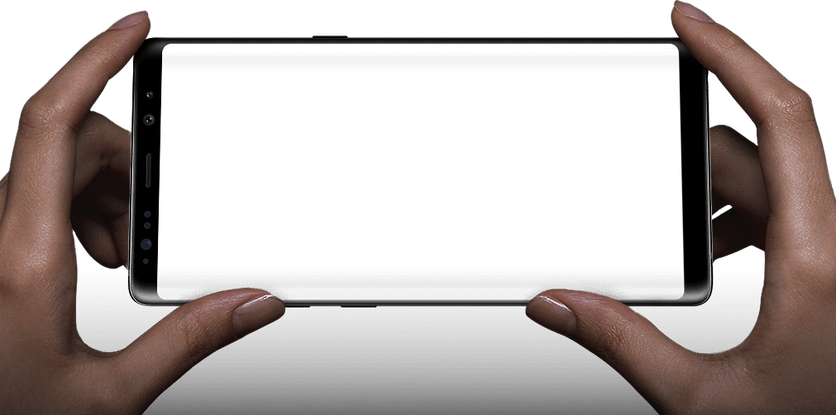
Anywhere Door is an immersive AR/VR platform that reimagines how people explore and learn about historical monuments. Developed as part of my Creativity and Innovation module, this project aimed to bridge the gap between technology and cultural heritage, making learning both engaging and accessible.
PROBLEM STATEMENT
Historical monuments are rich in culture and knowledge, yet they often remain out of reach—locked behind textbooks and limited access. Traditional methods fail to capture their depth, making them hard to explore and engage with. By embracing immersive technology, we can transform how people experience history—making it interactive, accessible, and unforgettable.

Project Objective
-
Makes historical learning engaging and interactive
-
Overcomes accessibility barriers to monument exploration
-
Provides historically accurate and educational experiences
-
Integrates seamlessly into diverse user contexts—students, teachers, and enthusiasts alike

Team and My Role
Our team included UX Design students. My role was Interaction Designer and UX Researcher—leading user research, defining VR interaction principles, crafting storyboards and scenarios, prototyping the AR/VR experience, and ensuring an accessible, inclusive design.
Kick-off
This project began with a brainstorming session focused on "enhancing education through technology." We explored the challenge of transforming history learning with immersive experiences and set goals to:
Make history tangible and memorable
Connect users to cultural heritage through virtual exploration
Build an inclusive and user-friendly platform
Stakeholder Communication

Students
Students studying history who want interactive, dynamic learning

Educators
Teachers and educators seeking inclusive tools for their classrooms

Travel Enthusiasts
Tourists and enthusiasts looking to explore monuments remotely
Methods & Process
The design process followed for the Anywhere Door project was user-centered and iterative, focusing on understanding user needs and delivering an impactful solution. It involved five key stages:

User Research
Lack of Engagement: Users found traditional learning methods boring and disconnected, craving interactive, dynamic ways to experience history.
Accessibility Challenges: Many users faced barriers—geographical, physical, or technological—that limited their ability to explore monuments.
Competitor Analysis
Virtual Vacation:
Strengths: Diverse experiences, user engagement.
Weaknesses: Limited realism, content depth.
Opportunities: Collaborations, educational partnerships.
Threats: Competition, technological advances.
Google Heritage:
Strengths: Vast resources, global reach.
Weaknesses: Accessibility, privacy concerns.
Opportunities: Expanding features, collaborations.
Threats: Competition, regulatory challenges.
DW.com:
Strengths: Credibility, global audience.
Weaknesses: Limited interactivity, lack of immersive experiences.
Opportunities: Integration, collaborations.
Cyark.com:
Strengths: Heritage preservation focus, high-quality scans.
Weaknesses: Limited interactivity, niche audience.
Opportunities: Collaboration, education integration.
Aug Traveler:
Strengths: Augmented reality focus, user engagement.
Weaknesses: Limited VR features, content variety.
Opportunities: Expansion into VR, collaborations.
Unimersiv.com:
Strengths: Educational focus, user-centered design.
Weaknesses: Limited content, market recognition.
Opportunities: Content expansion, educational partnerships.
Threats: Competition, funding constraints.
Learning: Limited interactivity, lack of immersive experiences, & user friendly are few weakness these apps have which can be incorporated in Anywhere Door.
Synthesis
Lotus Bloom
Education
Connect to student interest
Cultural enrichment
Experience
Shared learning
Learn from others
Experiencing history
Virtual travel
Time travel experience
We used the Lotus Blossom technique to expand and organize ideas for the Anywhere Door experience. Starting with our core challenge—making historical learning immersive and accessible we branched into sub-themes like Interactive Education, Virtual Tours, Cultural Appreciation, and Accessibility. This structured method helped us explore multiple angles, from gamification to social sharing
Mind Mapping to extract key pain points and opportunities
This mind map outlines the multidimensional approach to enhancing engagement with historical monuments through technology and innovation. It highlights key focus areas like interactive education, virtual tours, and cultural appreciation, addressing challenges like accessibility barriers and limited insights from traditional methods.

Persona Development


VR Principles
This section explores the core VR design principles that shaped the Anywhere Door experience. We highlight accessibility, immersion, and interaction guidelines to create an engaging virtual heritage journey.
360 View
UI View
3600 x 1800
1200 x 600
The full width of the projection represents 360 degrees horizontally and 180 degrees vertically.
We can use this to define the pixel size of the canvas: 3600 × 1800


Ergonomics : While designing VR interfaces, aiming for innovation is natural, but overly complex designs can cause user fatigue during prolonged use. The following diagrams highlight ergonomic zones for comfortable interaction within the VR environment."
In VR, image quality decreases towards the screen edges due to lens distortion, making objects appear blurry. To ensure a comfortable experience, critical content and interactive elements should be placed in the central focus area for clear visibility and ease of interaction."
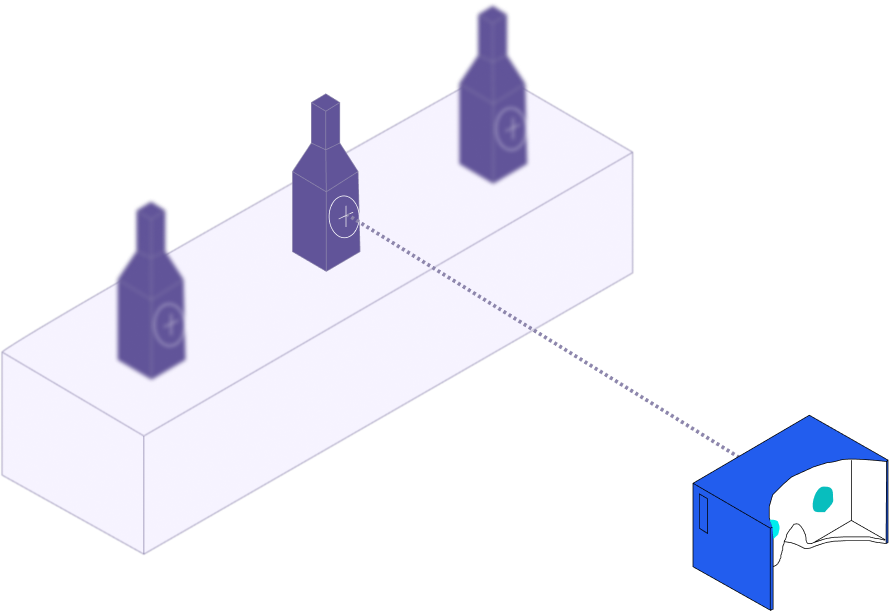
Synthesize

ORBITRON
Orbitron Font’s sleek and geometric design gives a modern and futuristic look to any project. It is particularly suitable for technology, science, and space-themed designs.
Font style
Type
Size
Aa
Medium
24
Aa
Regular
14
Aa
Light
12
#D562C1
#ECC1EE
#E4DEF8
#ACA1E6
#615499
COLOR THEME:
FONT STYLE:
PURPLE IS ASSOCIATED WITH IMAGINATION
This color palette feels both familiar and mysterious, a theme that is commonly associated witH digital worlds and universes.
Screens
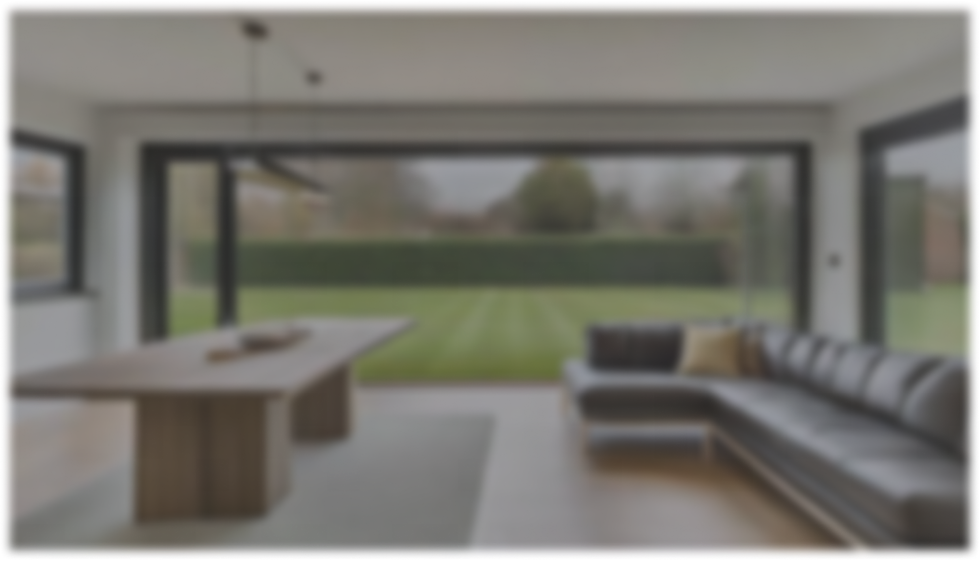
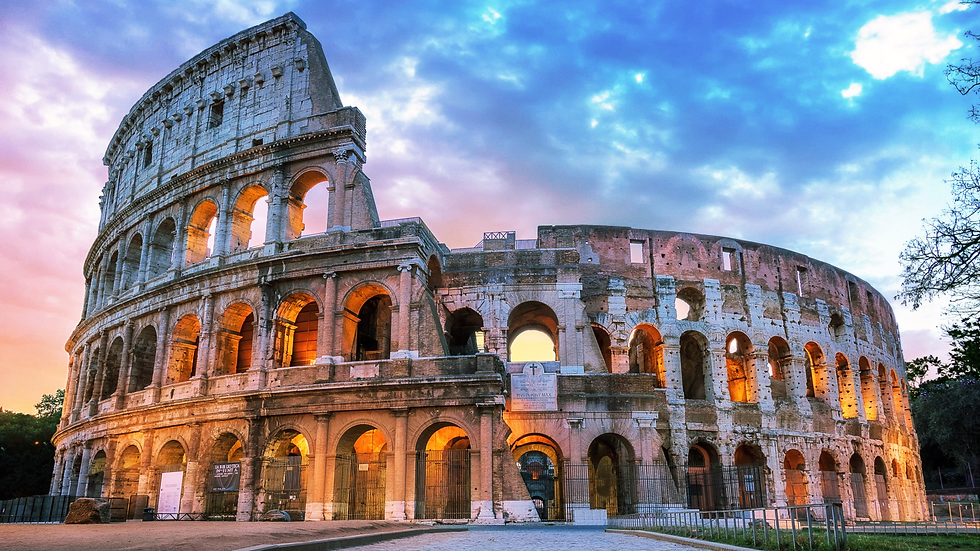
Continue Tour
Colosseum
Pyramids of Giza
85%
60%


Search
Newly Added
Top Rated
Favorites
Medieval Marvels
Modern Icons
Ancient Wonders

John Snow
Settings
Explore by Region
Explore by Era

Home Screen
Monument Selection Screen


Continue Tour
Colosseum
Pyramids of Giza
85%
60%
Medieval
Search


Palace of Versailies
VR

St. Peter’s Basilica
VR


This is a two line title
Taj Mahal
VR

Settings

John Snow
Ancient
Modern
Favourite
Top Rated
Monument Detail Screen


Continue Tour
Colosseum
Pyramids of Giza
85%
60%
Taj Mahal

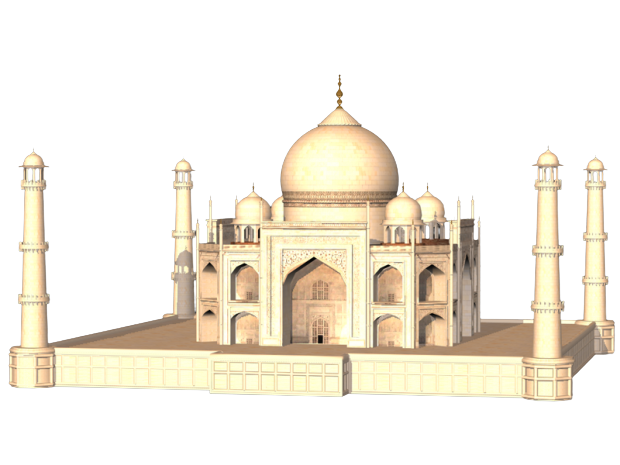
Location: Agra, India
Built: 1632–1653 CE
Architectural Style: Mughal Architecture
The Taj Mahal is an ivory-white marble mausoleum built by the Mughal Emperor Shah Jahan in memory of his beloved wife Mumtaz Mahal. Widely regarded as one of the most beautiful buildings in the world, it is a symbol of eternal love and an architectural masterpiece. The monument combines elements from Persian, Indian, and Islamic architectural styles, with intricate carvings, inlaid precious stones, and a serene reflecting pool enhancing its beauty.
Fun Fact: The Taj Mahal changes color depending on the time of day, glowing pinkish in the morning, white in the afternoon, and golden under moonlight.
Search
Portal View
Immersive
Tour
Settings

John Snow
Medieval
Angkor Wat
St. Peter’s Basilica
Notre-Dame Cathedral
Hagia Sophia
Leaning Tower of Pisa

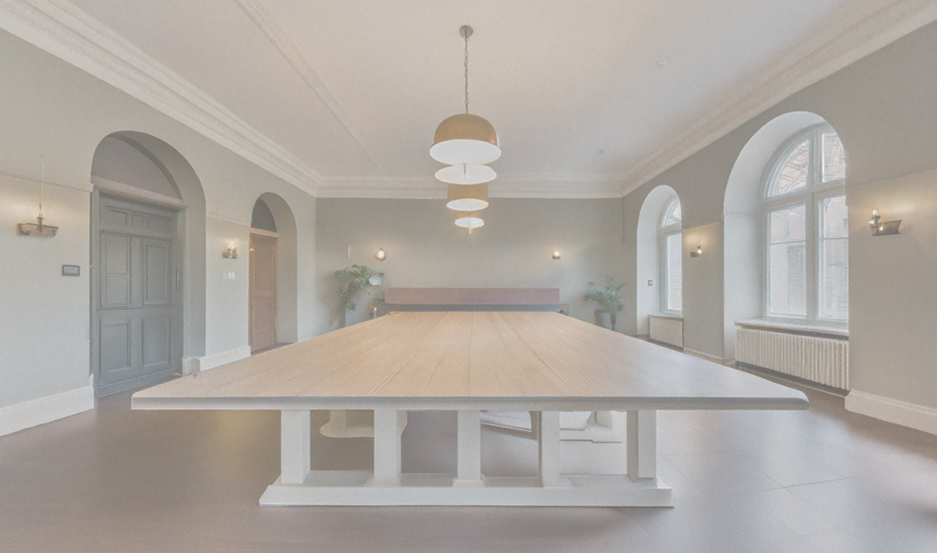
Back

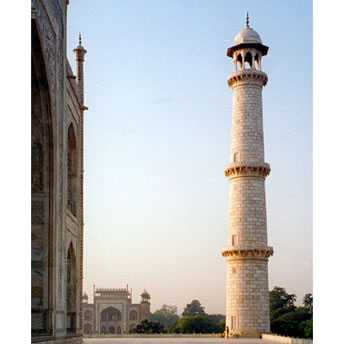
Minarets of the Taj Mahal
Location: Four minarets, one at each corner of the main platform.
Height: 40 meters (131 feet) each.
Purpose: The minarets were designed to be both decorative and functional. Traditionally, minarets in Islamic architecture are used for the call to prayer, but in the case of the Taj Mahal, they primarily enhance the monument’s aesthetic symmetry.
Rotate
Immersive
Tour
Portal View ( AR Model )
Immersive Tour ( VR Expereince )
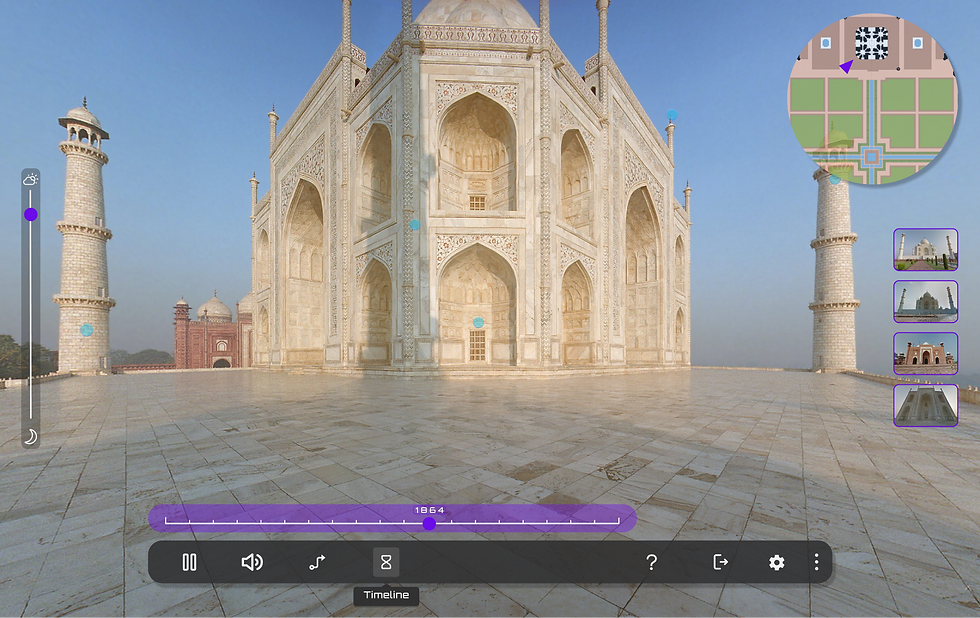
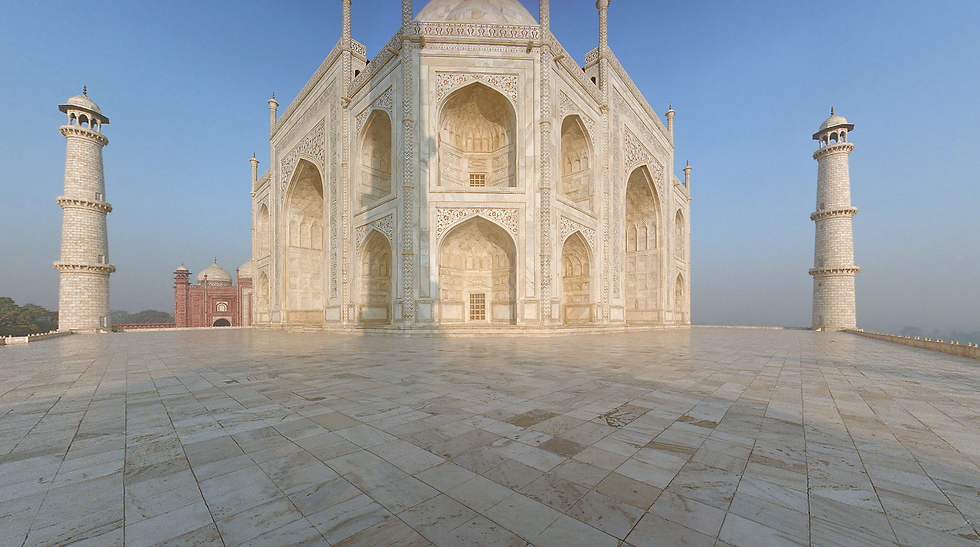
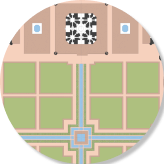
Timeline
1864
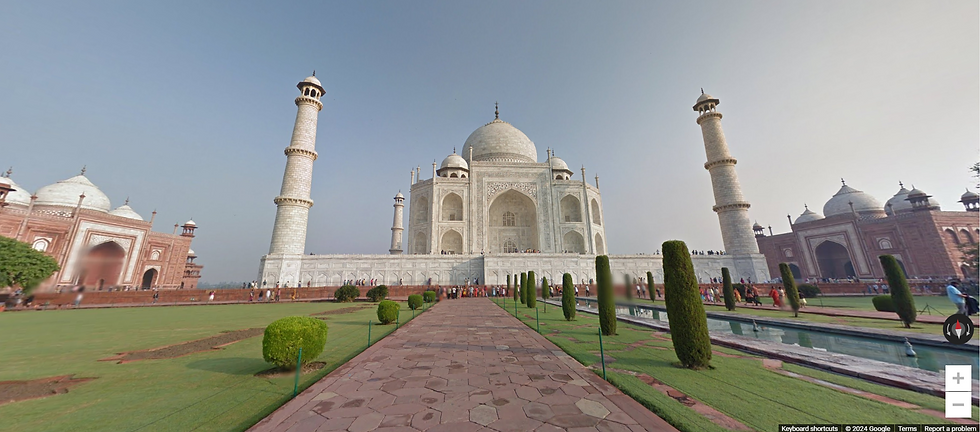

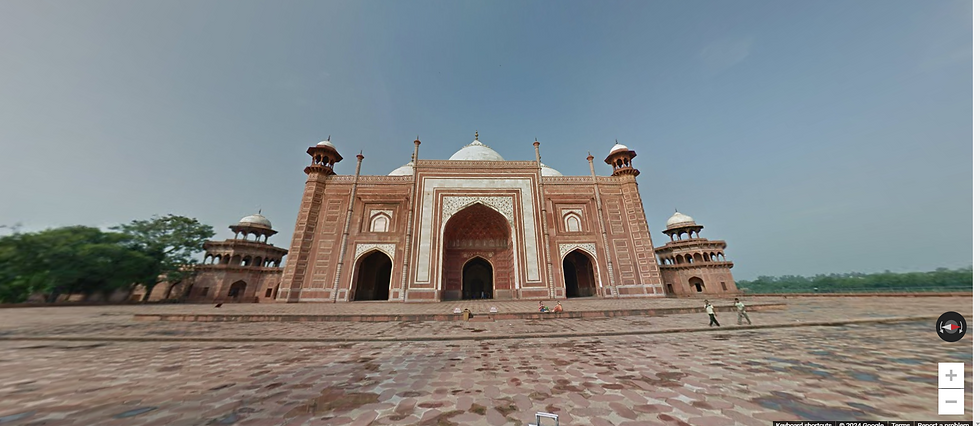
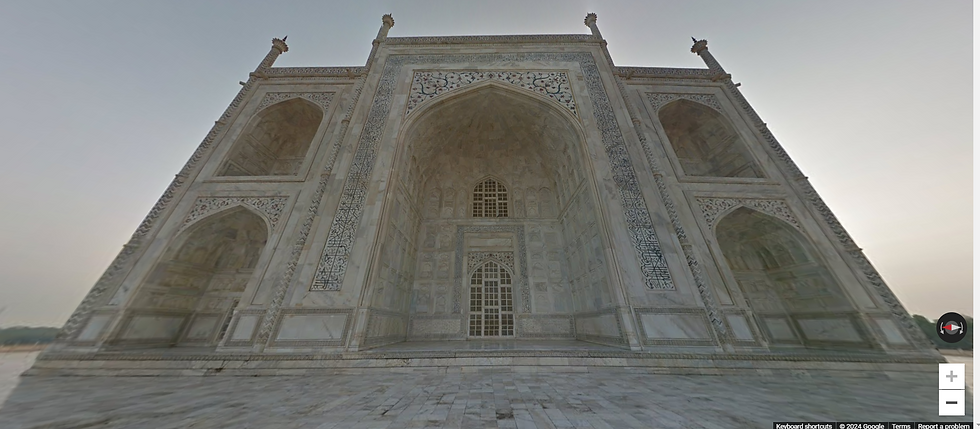
LEARNINGS
User-Centered Design Matters: Understanding the needs of diverse user groups like students, tourists, and educators is critical to creating an inclusive and engaging solution.
Power of Immersion: AR/VR technology has immense potential to revolutionize how we experience historical monuments, making learning more interactive and memorable.
Balancing Innovation and Simplicity: While advanced features are exciting, ensuring accessibility and ease of use is key to reaching a broader audience.
Preserving Heritage Digitally: Combining technology with historical accuracy fosters both education and the conservation of cultural heritage for future generations.
Iterative Development: Prototyping and user feedback are essential in refining the solution to align with user expectations and resolve pain points effectively.
Anywhere Door bridges the past and the future by revolutionizing how we experience and learn about historical monuments. Through innovative AR/VR technology, it fosters cultural appreciation, enhances accessibility, and transforms education and tourism into immersive, engaging experiences. This project stands as a testament to the power of design and technology in preserving heritage and connecting generations, ensuring that the stories of our history remain vibrant and impactful for years to come."

